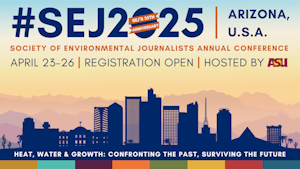"Marine protected areas (MPAs) are one of the tools often touted to help sustain the ocean into the future. After attending the Fifth International Marine Protected Areas Congress earlier this year, and also after writing for eight years about MPAs in the virtual pages of Hakai Magazine, we’ve come to realize there can be a lot of confusion about what, exactly, qualifies an area as an MPA. Defining one, it turns out, is sort of like defining love—you think you know what it means, but, in reality, it’s often situational. Just as putting a single definition on the many ways and people and things that we love can be impossible, it’s also a challenge to give a short, pithy, definitive description of an MPA. So we’ve created this explainer for you. Brian Owens took the questions you might have, talked to experts, and created this reference for MPAs and the variations thereof—all of which are ways that organizations, governments, and determined individuals can use MPAs to give the ocean we love a fighting chance.
Brian Owens reports for Hakai magazine June 8, 2023.













 Advertisement
Advertisement 



